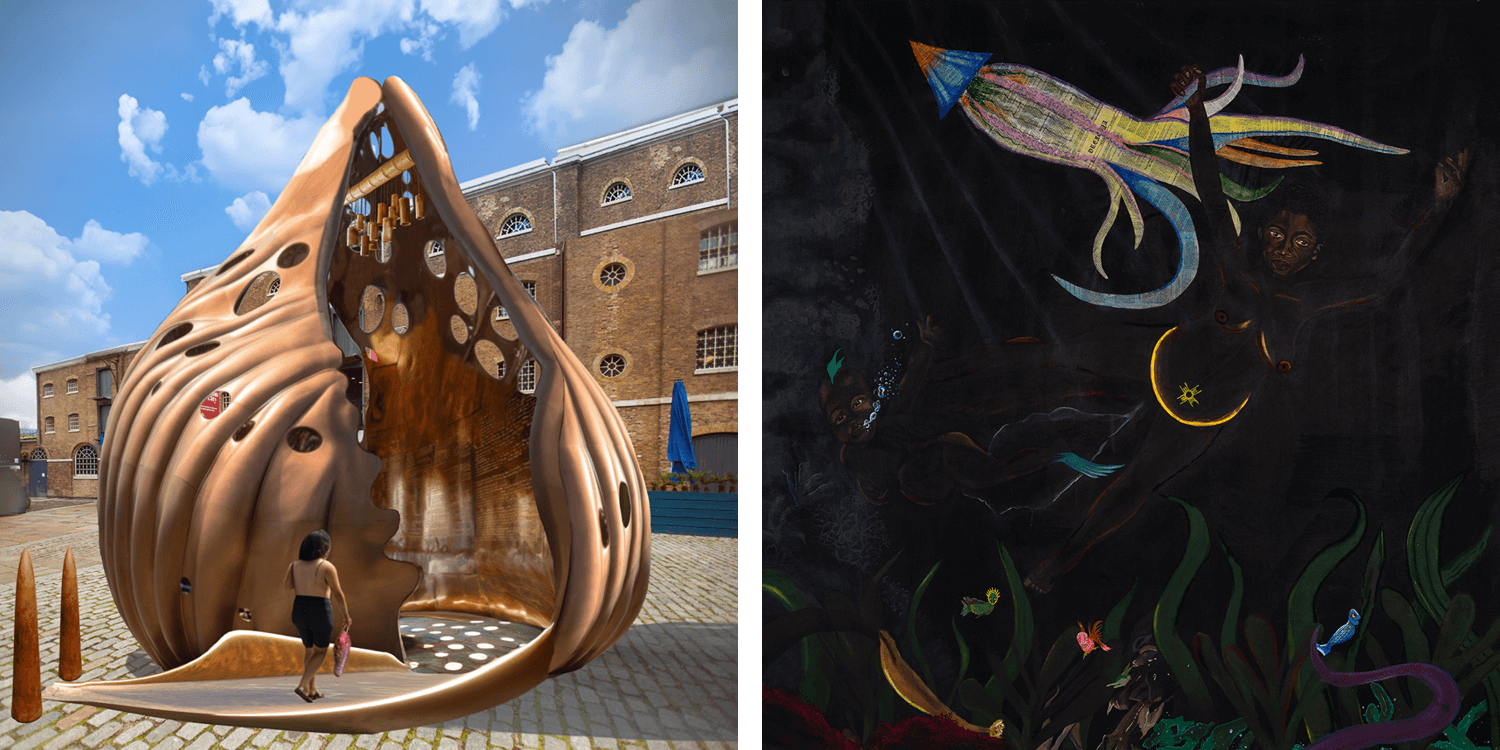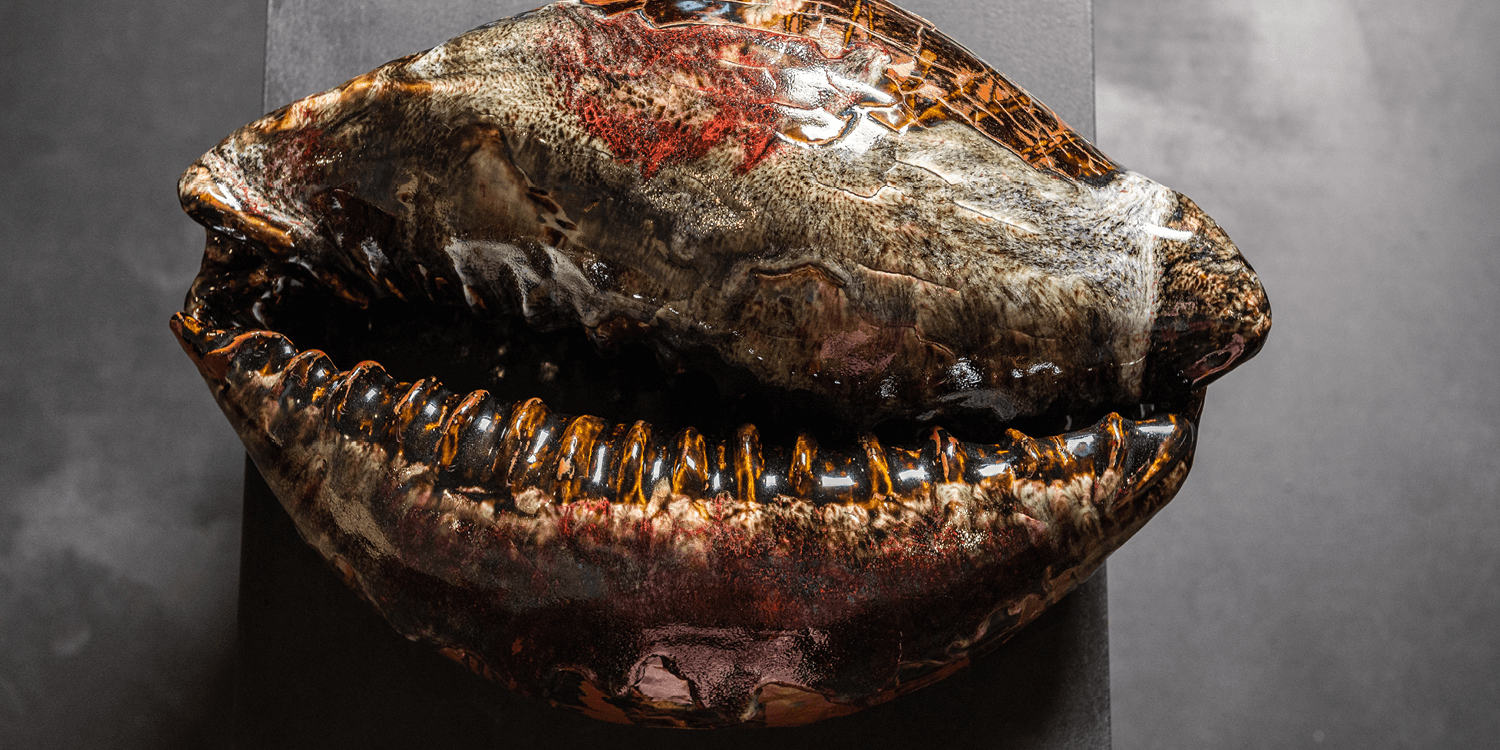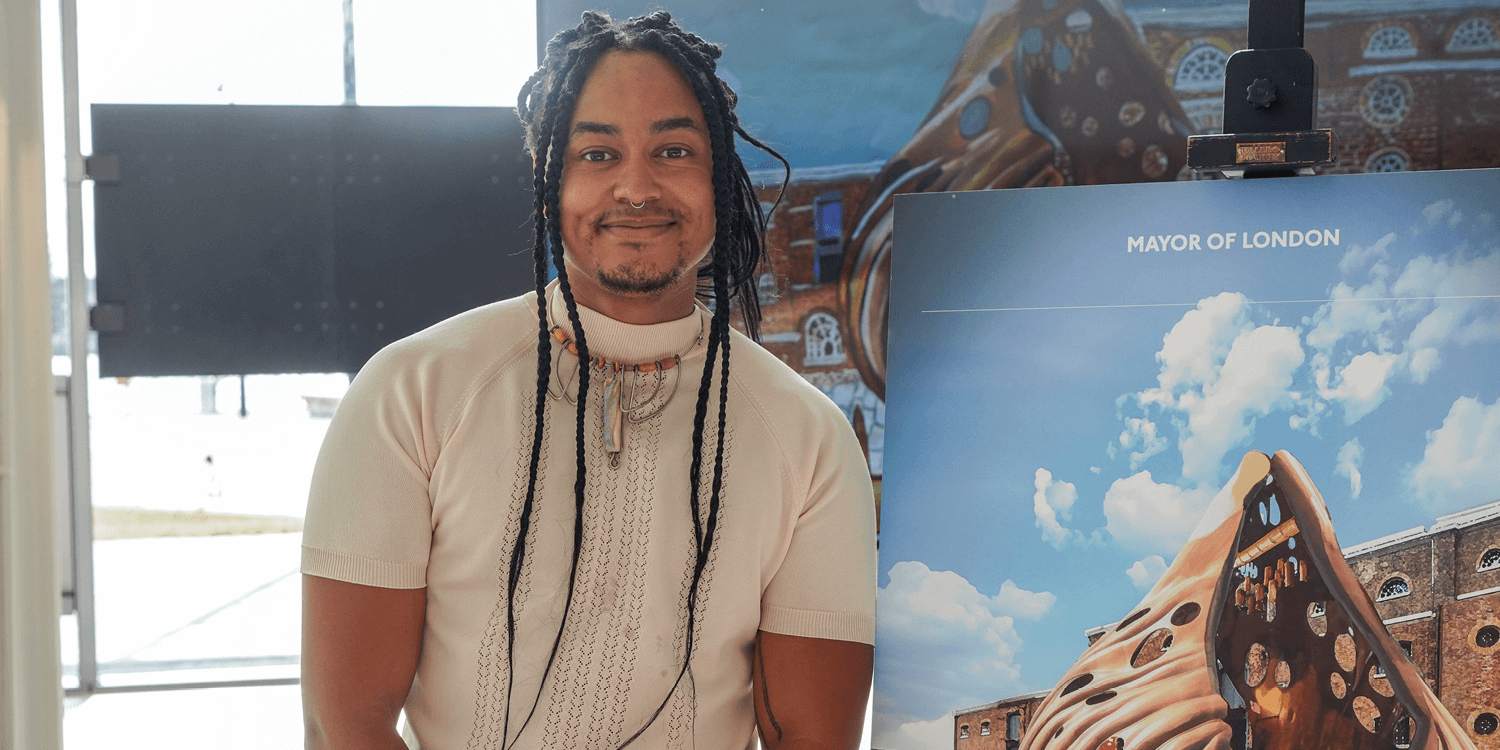G.A.S. Foundation is pleased to announce that Khaleb Brooks, a multidisciplinary artist and researcher working across painting, sculpture, film, and performance, will undertake a five-week residency at G.A.S. Lagos. Based in Brazil, Khaleb's practice investigates the intersections of collective memory, the body, and the afterlives of the Transatlantic Slave Trade. Rooted in decolonial and archival methodologies, their work engages history as a living, embodied site, one that continues to shape identities, landscapes, and communities across the diaspora.
During the residency, Khaleb will expand their research into the Atlantic Slave Trade from a Nigerian perspective. This will include work in the G.A.S. Library and Picton Archive, as well as visits to key historical sites such as the Badagry Museum, Gberefu Island, the Brazilian Quarter, the Museum of West African Art (MOWAA), the Slave Trade Museum in Calabar and Igun Street in Benin City. These investigations will support the development of The Wake, London’s memorial to honour enslaved Africans who were trafficked as part of the transatlantic slave trade, and their descendants. The Wake consists of a nearly seven-metre-high bronze cowrie shell, representing the perseverance, prosperity and beauty rooted in Africa and African diasporic heritage. The artwork will be installed in 2027 by West India Quay in London’s historic Docklands area, next to warehouses originally built to house goods produced through slavery.
The project was announced by Sir Sadiq Khan, the Mayor of London, in 2023, with a commitment of £500,000 towards it. The residency also offers an opportunity for Khaleb to deepen connections between the artistic, spiritual, and historical contexts of Nigeria, Brazil, and the United Kingdom, sites that together trace the movement of people, memory, and culture across the Atlantic. In addition to their research, Khaleb plans to explore the possibilities of bronze casting, continue their studies in Butoh performance and decolonial practice, and engage with Nigeria’s queer and trans creative communities, whose lived experiences and local knowledge resonate deeply with their work.
 (L) The Wake, bronze. Memorial to the victims of the Transatlantic Slavery Scheduled unveiling at West India Quay in London Docklands, 2027. Image courtesy of the artist. (R) Drexciya, 2021. Acrylic, pastel and parchment on canvas, 195.6 × 195.6 cm. Image: Pete Carr.
(L) The Wake, bronze. Memorial to the victims of the Transatlantic Slavery Scheduled unveiling at West India Quay in London Docklands, 2027. Image courtesy of the artist. (R) Drexciya, 2021. Acrylic, pastel and parchment on canvas, 195.6 × 195.6 cm. Image: Pete Carr.
What is the current focus of your creative practice?
My practice currently explores sites of memory and the Transatlantic Slave Trade; transgender identity and the body as a site of memory; Butoh performance and decoloniality; and film as a tool to re-write the archive.
What drew you to apply for this residency and how do you think it will inform your wider practice?
The majority of my research is site-specific, archive-based, and grounded in personal narratives that activate collective memory. My work has engaged performance; the translation of written archives into physical objects; the offering of grief rituals; and the listening to and amplification of community inquiries and desires. In the context of slavery, I have conducted research on Liverpool’s shores, where the first ships departed for Old Calabar’s slave port; in the U.S., where my family was born on the Starksville, Mississippi plantation; and in Brazil, where the majority of enslaved Africans arrived. Yet I have never visited the West Coast of Africa, where most people were taken — my ancestors included. Understanding slavery’s impact from a Nigerian perspective, and learning how artists and thinkers here engage with this history, will offer new insights into my work, open pathways for collaboration, and shape my own identity formation.
 Cowrie shell glazed, part of Jupiter's Song, a creative intervention at International Slavery Museum.
Cowrie shell glazed, part of Jupiter's Song, a creative intervention at International Slavery Museum.
Can you give us an insight into how you hope to use the opportunity?
I hope to develop new work, community, and conversations that will continue to grow both in Brazil and London. I plan to spend focused time with texts and make full use of the extensive library available at G.A.S. I’m also open to unforeseen connections, collaborations, and shifts in my practice that may emerge along the way.
About Khaleb Brooks
Khaleb Brooks is a Black critical artist whose multidisciplinary practice uses archives, collective memory, and personal experience to create new perspectives on history and healing. They are the artist behind The Wake, London’s first memorial honoring victims of the Transatlantic Slave Trade, scheduled for unveiling in 2027. Brooks is a Sundance Trans Possibilities and OTV Fellow and recently completed their debut narrative fiction film May The Road Rise Up to Meet You. Their work has been presented internationally, including at the Onassis AiR in Athens, Liverpool’s International Slavery Museum, and residencies across Brazil and Los Angeles. Through sculpture, performance, and moving image, Brooks transforms sites of trauma into spaces of reclamation, community, and transcendence.
 Photo of Khaleb Brooks. Image courtesy of Luke Agbaimoni,
Photo of Khaleb Brooks. Image courtesy of Luke Agbaimoni,
Khaleb's residency is generously supported by the Mayor of London.